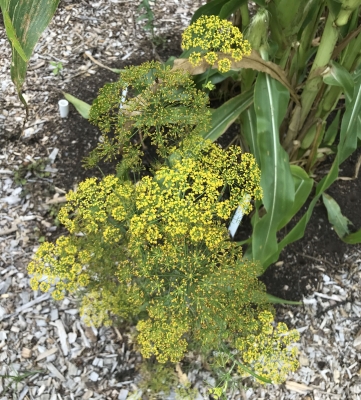Life Goes On
The dark green wreath was tied with red ribbons and gliding towards me, in its progress stirring up snowflakes gently floating out of the grey sky. No, the wreath was not hanging from a horse-drawn sled, but was plowing through the frigid air affixed to the chrome grille of a gleaming white Cadillac! Here we are in the twenty-first century, still infusing a breath of life into our winters with cut evergreen boughs, just as did the ancient Egyptians, Persians, Jews, Christians, and Druids.
Whether for Christmas, for the ancient winter festival of Saturnalia, or for any other tradition, a wreath celebrates the continuity of life through winter. Evergreens are favorite wreath materials because their year long green flaunts winters’ apparently lifeless cold.
A few evergreen boughs tied together make a doorway more inviting or a room more cozy in winter, but a bona fide wreath creates something special. And the actual making of a wreath can be an end in itself this time of year.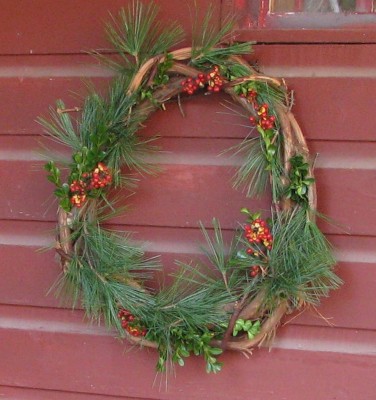
Plenty of native and cultivated plants, many probably growing right in your backyard, could supply evergreen leaves for wreaths. Depending on the weather and the variety, needles of some junipers might still look bright green, although many turn purplish in the cold. Norway spruce always looks rich green, as do, with a softer look, the long, slender needles of white pine. With flattened sprays of scale-like leaves, arborvitae is another good choice, surely one of the best choices for a winter wreath when you translate its name to “tree of life.”
Don’t forget broadleaf evergreens also. Mahonia, holly, leucothoe, rhododendron, boxwood, and English ivy are suitable broad-leaf evergreens for a wreath. Indoors, none of the broadleaf evergreens will hold their leaves in a wreath as long as the needle-leaved evergreens.
To get a little wilder — more in keeping with the raucous Saturnalia celebrated in ancient Rome — use some evergreens with splotches or borders of yellow on them. No evergreen has all yellow leaves, but Gold Star and Kuriwao Sunburst junipers, for example, have yellow-tipped leaves. Midas Touch and Variegata are broadleaved evergreens, varieties of Japanese holly, with spots or splotches of yellow on their otherwise green leaves.
Okay, let’s calm down and get to some practical matters. Any wreath needs a support on which to mount the branches. That support could be a purchased styrofoam “doughnut” or one you make yourself from coat hangars. For an “organic” frame, readily available from the wild or backyard pruning, grape vines come to mind. Vines of bittersweet or virginia creeper would also work. Before grabbing at any wild vine, make sure you can identify and avoid poison ivy — it can cause rashes even this time of year.
Wrap any of these vines into a doughnut shape, weaving it into itself and weaving in new lengths as you go around and around. 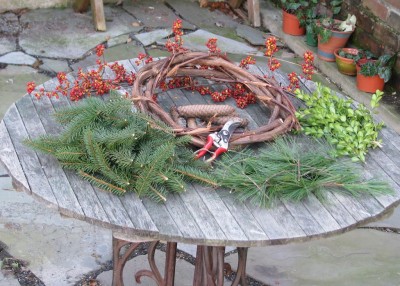 A few loops of string or thin wire can unobtrusively firm everything in place.
A few loops of string or thin wire can unobtrusively firm everything in place.
Next, wire, glue or tuck small bunches of evergreens onto the base, with all the bunches facing the same direction. Be generous so as to create a harmonious backdrop for the colorful stuff that comes next.
A walk in the woods or around your yard should turn up some colorful fruits, even this time of year. Still abundant are wild rose hips, bittersweet, winterberry, and barberry. Other seed pods are also good as ornaments. 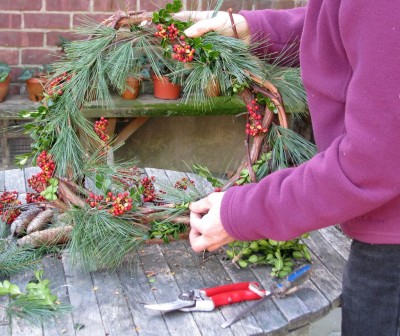 Besides the obvious — pine cones — also consider the flattened silvery pods of silver dollar plant, the wiry ones of love-in-a-mist, and the shaggy manes of clematis. If yet more ornamentation is wanted, there’s always chains of cranberries or popcorn strung together.
Besides the obvious — pine cones — also consider the flattened silvery pods of silver dollar plant, the wiry ones of love-in-a-mist, and the shaggy manes of clematis. If yet more ornamentation is wanted, there’s always chains of cranberries or popcorn strung together.
When hints of spring are in the air and you tire of your wreath, just compost it or throw it in the woods (if made from all organic materials). For now, though, deck the halls.
Note: The “comments” part of these blog posts has been erratically functional. It’s fixed! So fire away. Or just send a comment to test that it’s now working. Thanks.

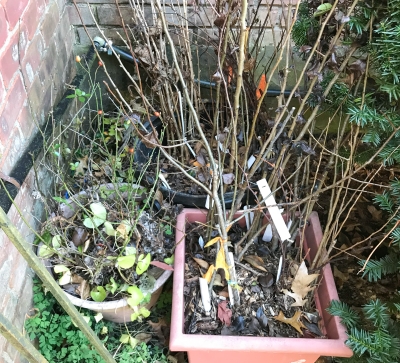 I’ve huddled all these pots together against the north wall of my house but soon have to mound leaves or wood chips up to their rims to provide further cold protection.
I’ve huddled all these pots together against the north wall of my house but soon have to mound leaves or wood chips up to their rims to provide further cold protection.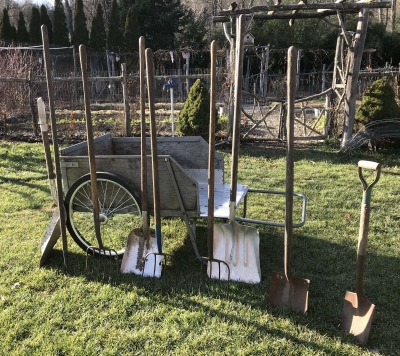 After the handles have been wiped down, 10 minutes later, they’ll be in good condition for at least another year.
After the handles have been wiped down, 10 minutes later, they’ll be in good condition for at least another year.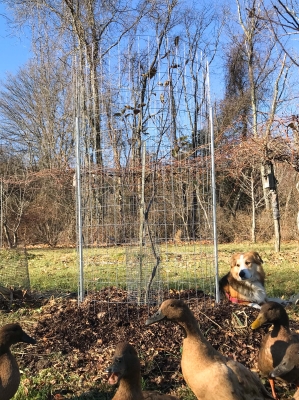 The pear trees, close to the house, don’t get bothered. The problem with such cages is that it’s a hassle to weed or prune within the cage — both very important for young trees. Two metal stakes, each a 5 feet length of EMT electrical conduit, woven into part of fencing on opposite sides allows me to slide the fence up and down to get inside a cage to work. These trees, which are replacing my very dwarf apple trees, are semi-dwarfs which can fend for themselves once they get above 5 feet. Then I’ll remove the cages.
The pear trees, close to the house, don’t get bothered. The problem with such cages is that it’s a hassle to weed or prune within the cage — both very important for young trees. Two metal stakes, each a 5 feet length of EMT electrical conduit, woven into part of fencing on opposite sides allows me to slide the fence up and down to get inside a cage to work. These trees, which are replacing my very dwarf apple trees, are semi-dwarfs which can fend for themselves once they get above 5 feet. Then I’ll remove the cages.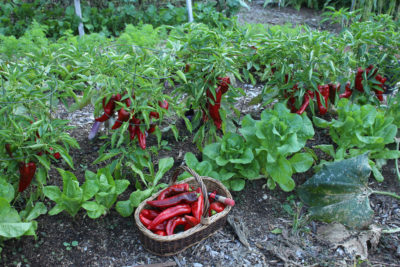
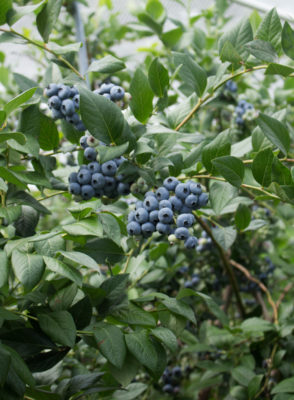
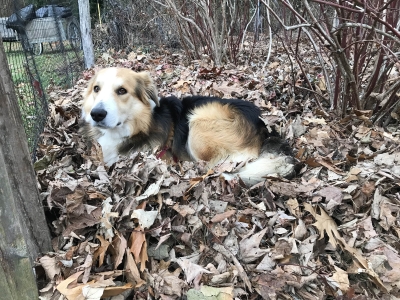
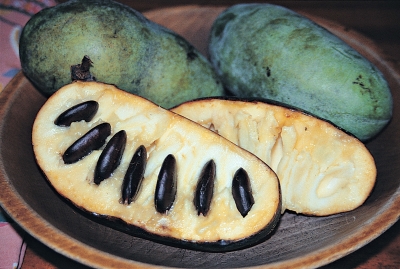
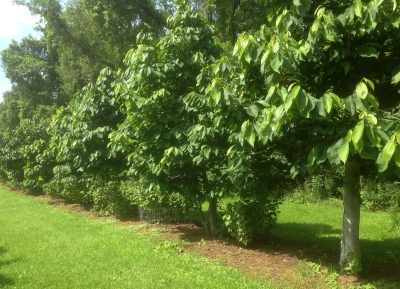
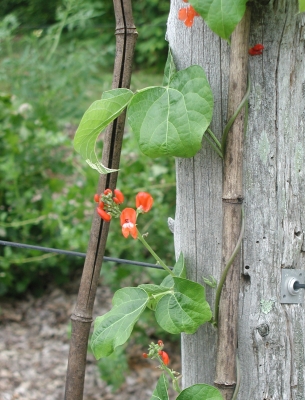
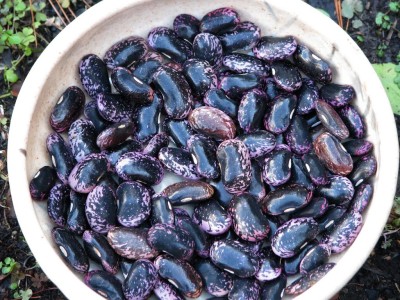
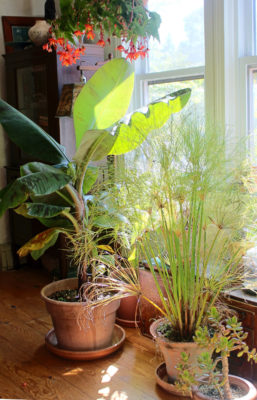
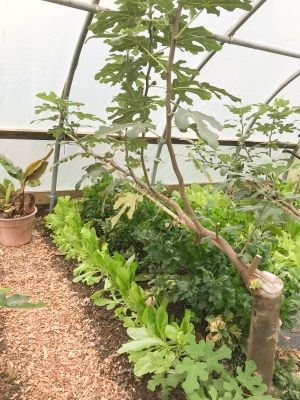

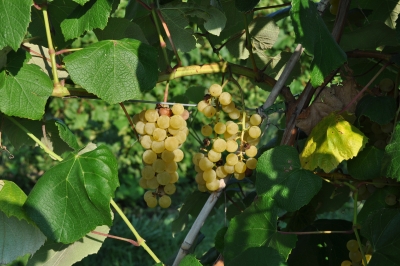
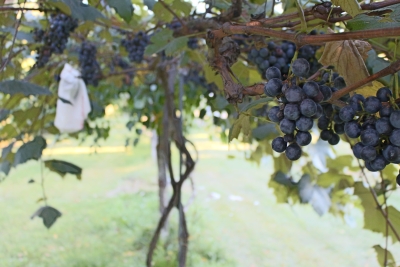
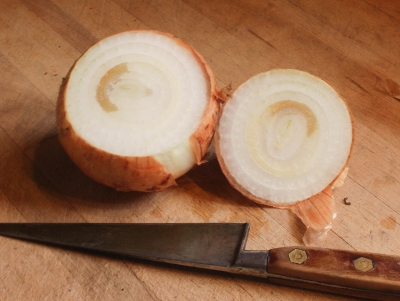
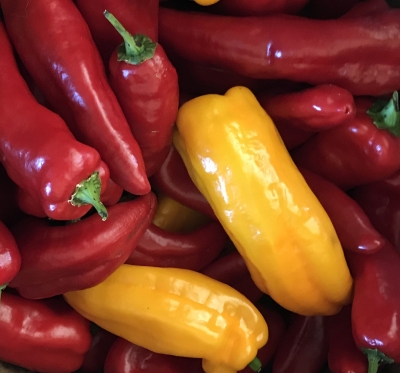
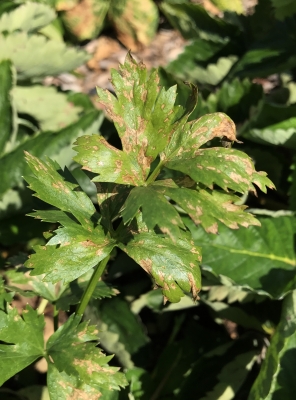
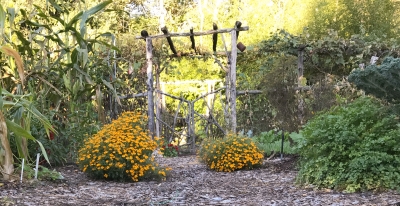 They typically germinate poorly for me, but they occasionally self-seed. I couldn’t bear to remove the few that popped up in the main path near the leading edges of the beds. Their general absence makes those few all the more outstanding.
They typically germinate poorly for me, but they occasionally self-seed. I couldn’t bear to remove the few that popped up in the main path near the leading edges of the beds. Their general absence makes those few all the more outstanding.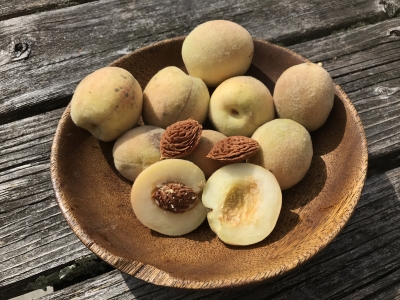
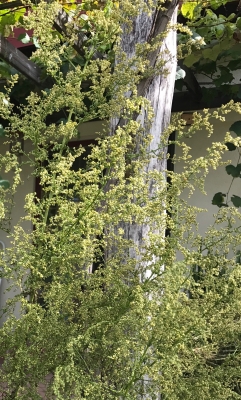
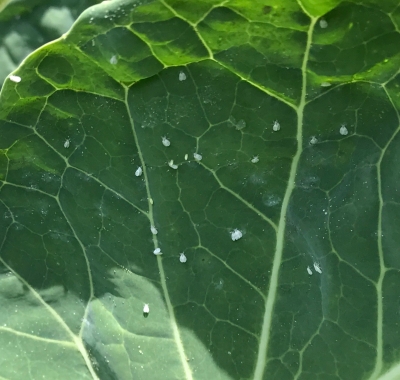
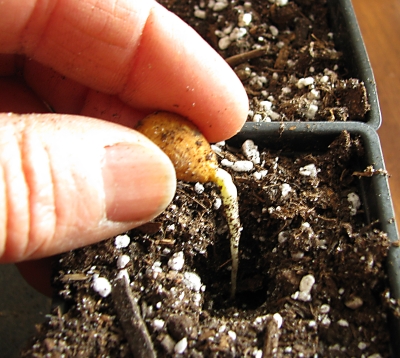
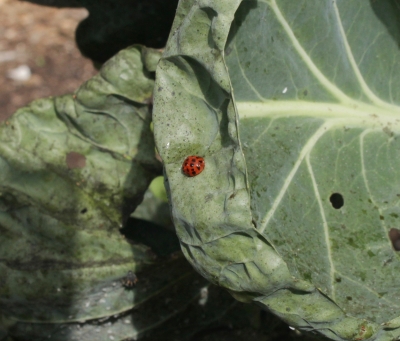
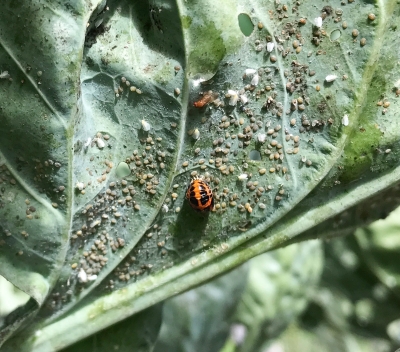
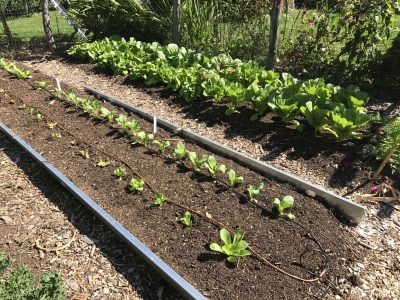
 A one to two inches deep layer smothers most weeds sprouting from seeds as well as provides nourishment for multiple waves of vegetable plants — for a whole year! (Also provides food and habitat for beneficial soil organisms, protects the surface from washing, and increases the soil’s ability to hold on to both air and moisture.)
A one to two inches deep layer smothers most weeds sprouting from seeds as well as provides nourishment for multiple waves of vegetable plants — for a whole year! (Also provides food and habitat for beneficial soil organisms, protects the surface from washing, and increases the soil’s ability to hold on to both air and moisture.)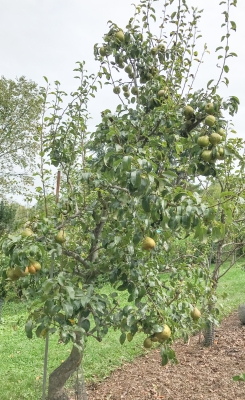
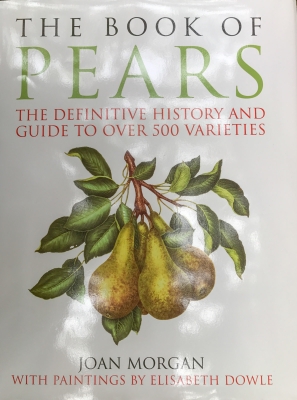
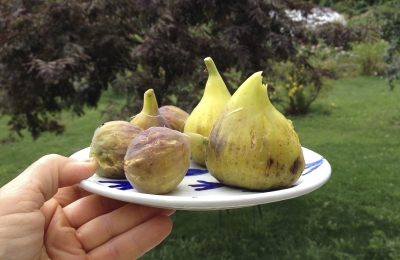 Mealybugs look, unassumingly, like tiny tufts of white cotton, but beneath their benign exteriors are hungry insect. They injects their needle-like probiscis into stems, fruits, and leaves, and suck life from the plants, or at least, weaken the plants and make the fruits hardly edible.
Mealybugs look, unassumingly, like tiny tufts of white cotton, but beneath their benign exteriors are hungry insect. They injects their needle-like probiscis into stems, fruits, and leaves, and suck life from the plants, or at least, weaken the plants and make the fruits hardly edible.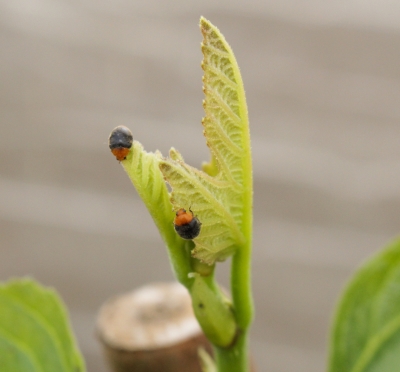
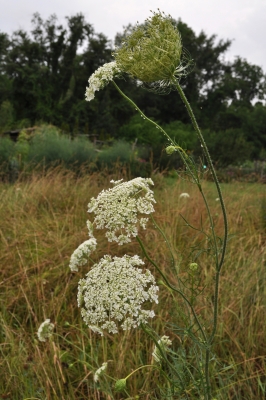 The Carrot Family Helps Out
The Carrot Family Helps Out